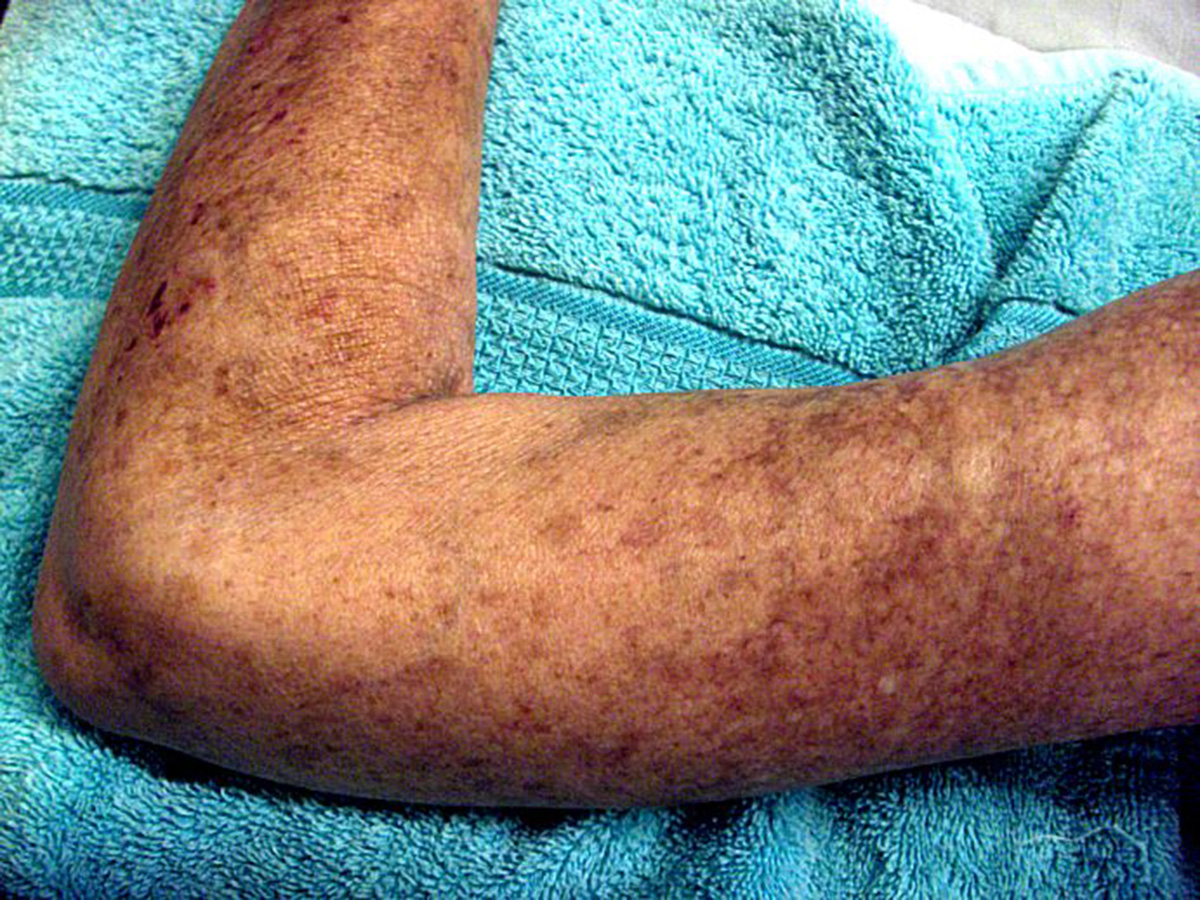
Scleroderma is a rare but progressive chronic systemic autoimmune disease that is distinguished by fibrosis, vascular alterations and autoantibodies. Scleroderma is a rare but progressive chronicsystemic autoimmune disease that is distinguished by fibrosis, vascularalterations and autoantibodies. Fibrosis is the hardening and tightening of theskin and connective tissue, or fibers that provide the support for human body.The disease also manifests through spontaneous scarring, blood vessel disease,and varying degrees of inflammation. As any other autoimmune disorder,scleroderma results from an overactive immune system. Autoimmune diseases occurwhen human body mistakes its own cells and tissues as foreign objects andstarts to attack them.
Types of scleroderma
Scleroderma may be localized and this type ofscleroderma affects only the skin. This type of scleroderma disease manifestsmainly on the hands, arms and face.
Diffuse systemic scleroderma affects large areasof the skin and also harms internal organs, such as the heart, lungs, kidneysand digestive tract. This form of scleroderma is more severe and it may beextremely disabling.
Another known type of scleroderma is systemic sinescleroderma, which doesn’t manifest in skin changes, but has other systemicmanifestations. There are also two localized forms which affect the skin, butnot the internal organs: morphea, and linear scleroderma.
Signs and symptoms of scleroderma
The symptoms of scleroderma depend on which organsystems are involved in the disease. The early symptoms most commonly resembleto other skin disorders, and it is quite hard to recognize the disease at theearly onset. The most prevalent symptoms of scleroderma are:
Raynaud’s phenomenon, a vasospastic disorder thatcauses discoloration of the fingers, toes, and occasionally other areas. Thephenomenon is usually triggered by emotional stress and exposure to cold.
Gastroesophageal reflux disease occurs whenscleroderma that is affecting the esophagus leads to heartburn. This is a resultof stomach acid flowing back up into the esophagus. Sometimes this can lead toscarring of the esophagus, resulting in narrowing with difficulty swallowingfood and/or localized pain in the central chest.
Various skin changes that include swollen fingersand hands, thickened patches of skin, and tight skin around the hands, face ormouth. Skin in these patients may often appear shiny.
Diagnosis
Scleroderma is diagnosed trough the blood test, bytaking the tissue sample and skin assessment. Blood test will help to determinelevels of certain antibodies produced by the immune system. Biopsy conducted onthe tissue sample will detect abnormalities on the skin, and skin assessmentprovides in-death evaluation of skin and helps to determine the severity of thedisease.
Treatment
There is no known cure for scleroderma but thereare many methods to help with the symptoms of the disease. Doctors mayprescribe medications to dilate blood vessels and suppress the immune system.Physical and occupational therapy may help to manage pain and improve strengthand mobility, while the cosmetic procedures may help to camouflage or eliminateskin lesions.


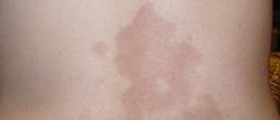
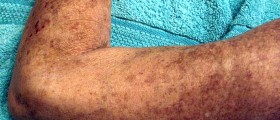

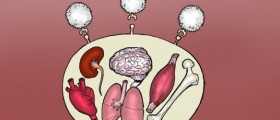


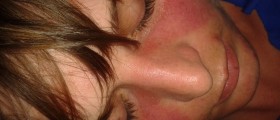






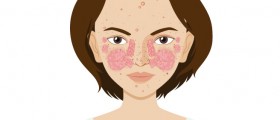

Your thoughts on this
Loading...